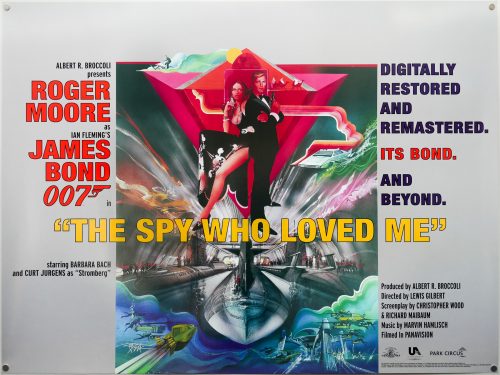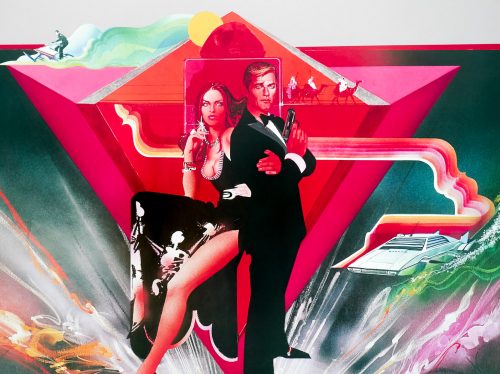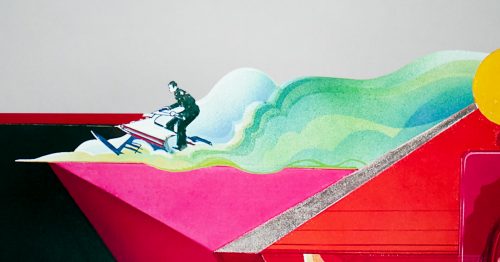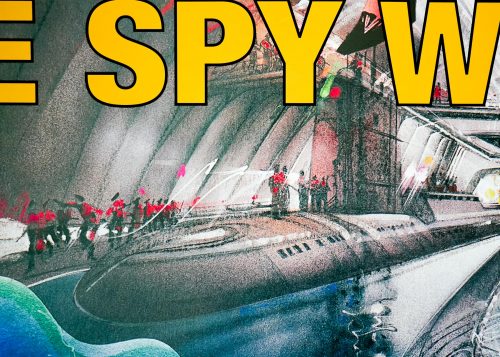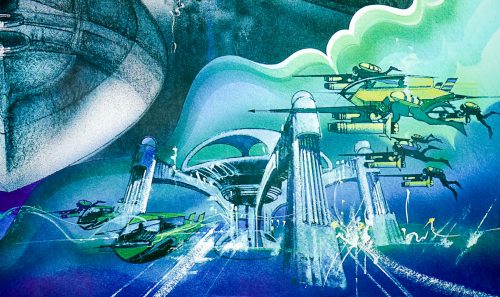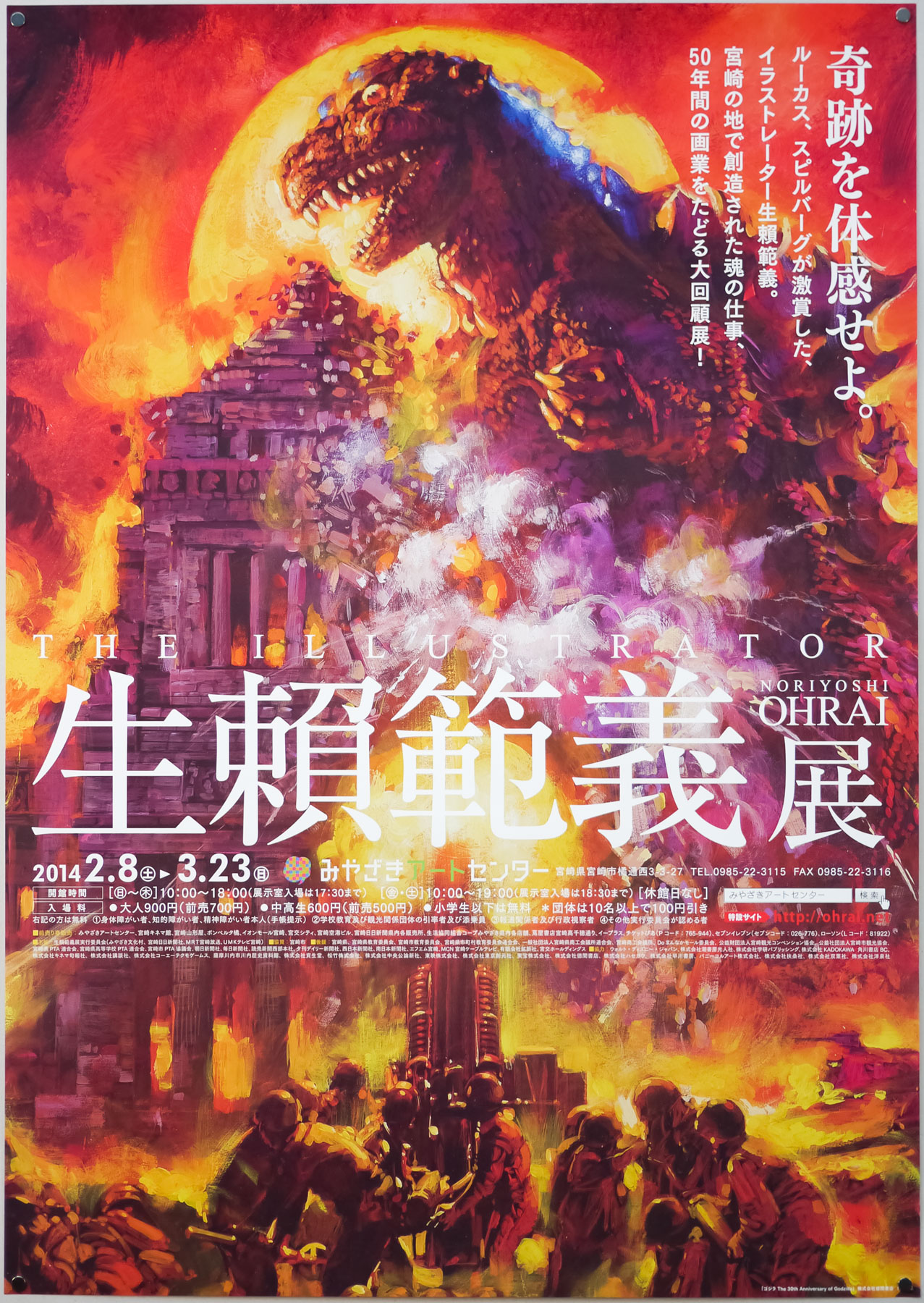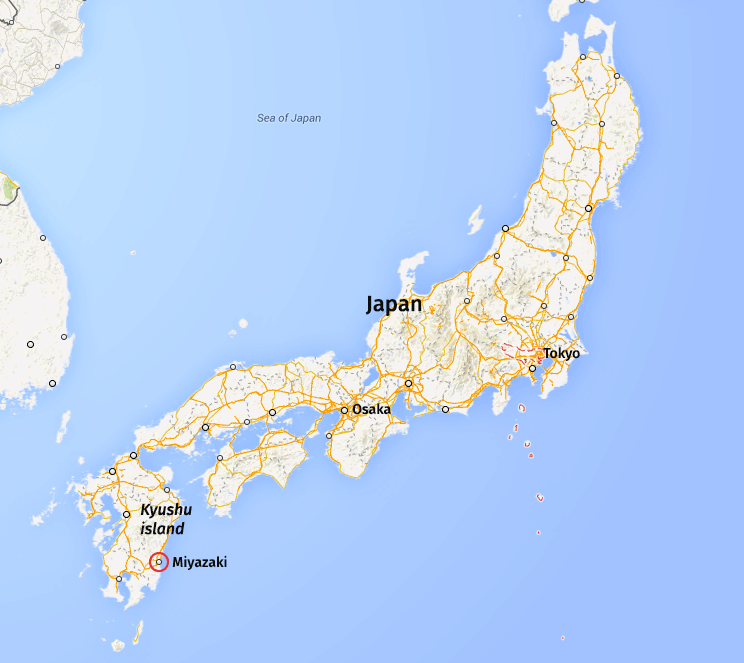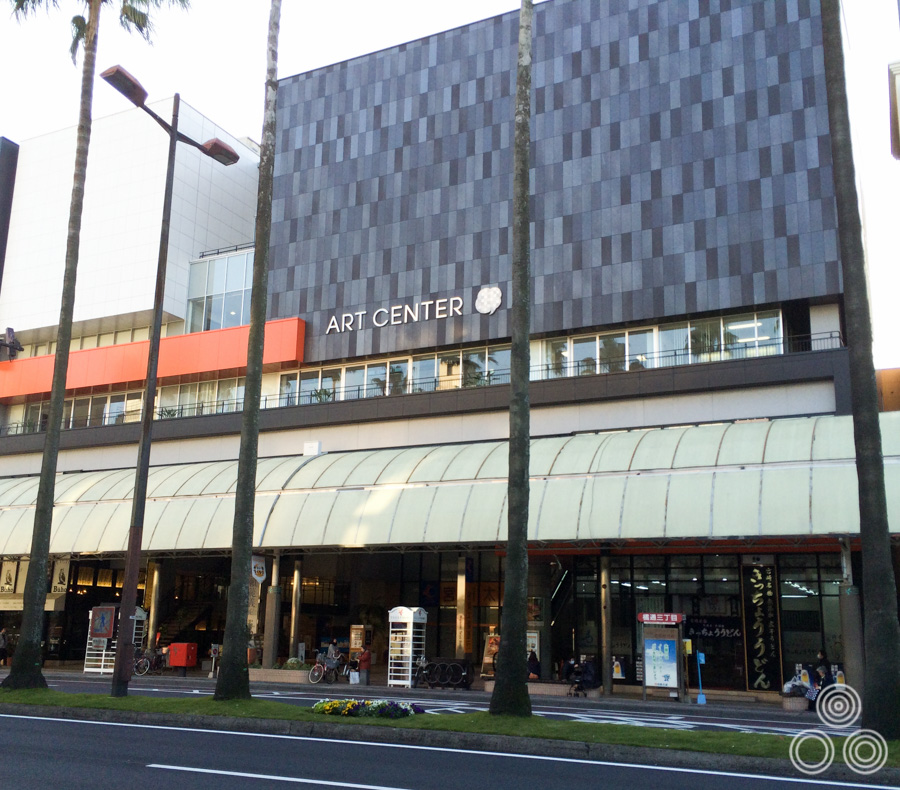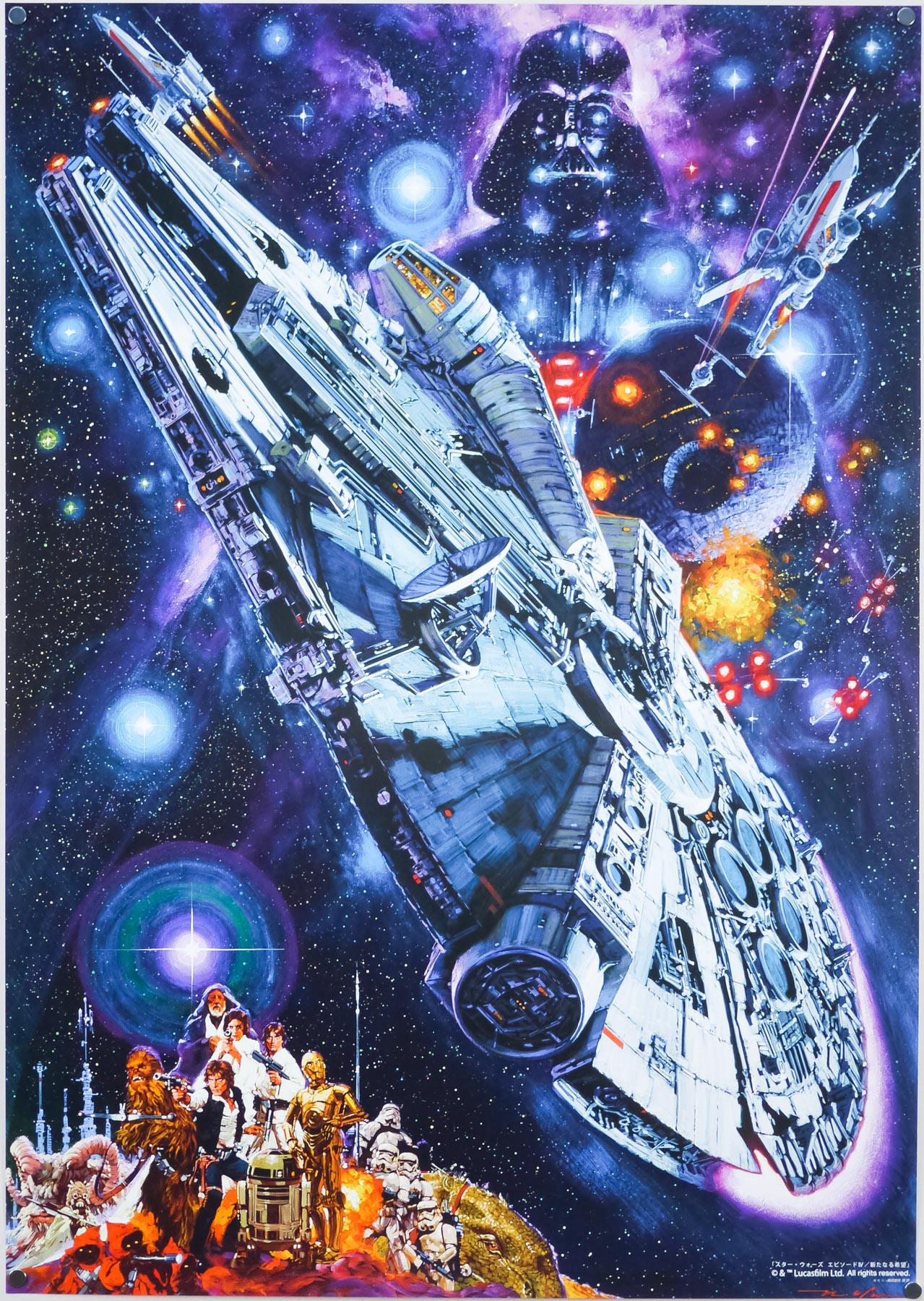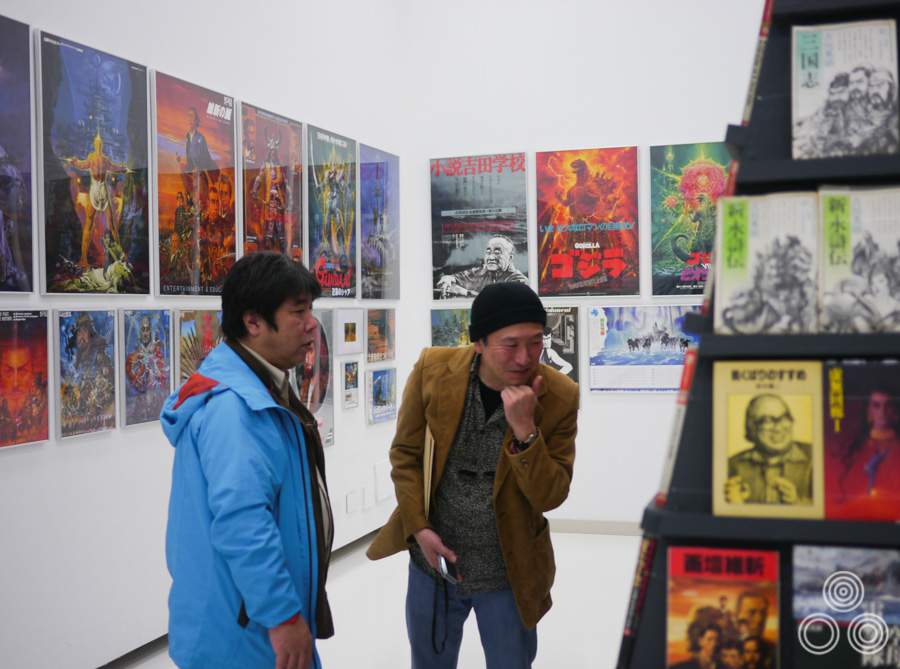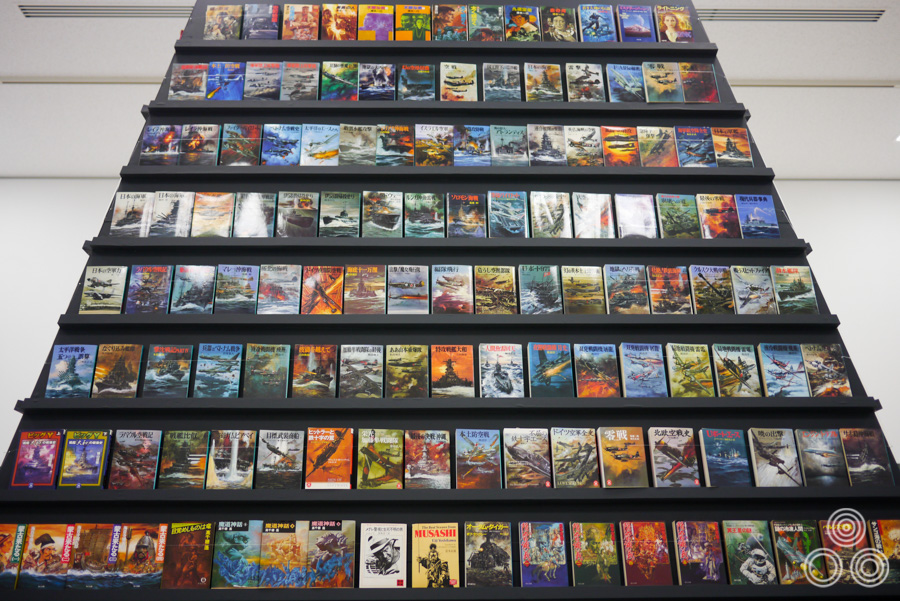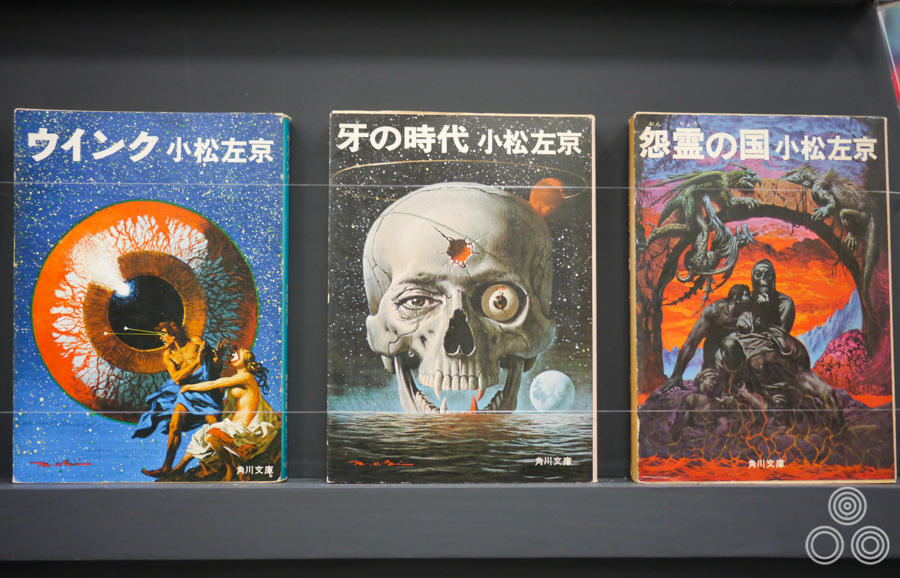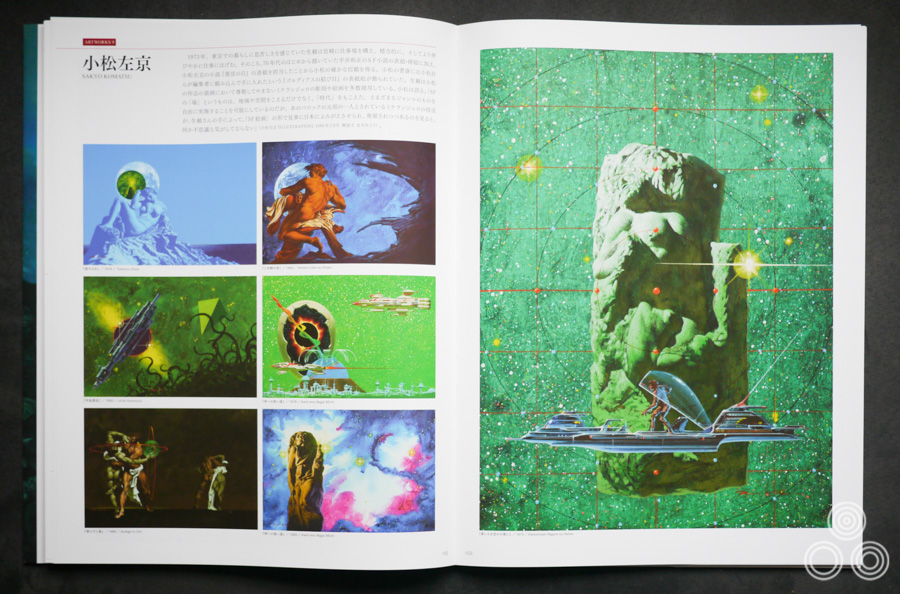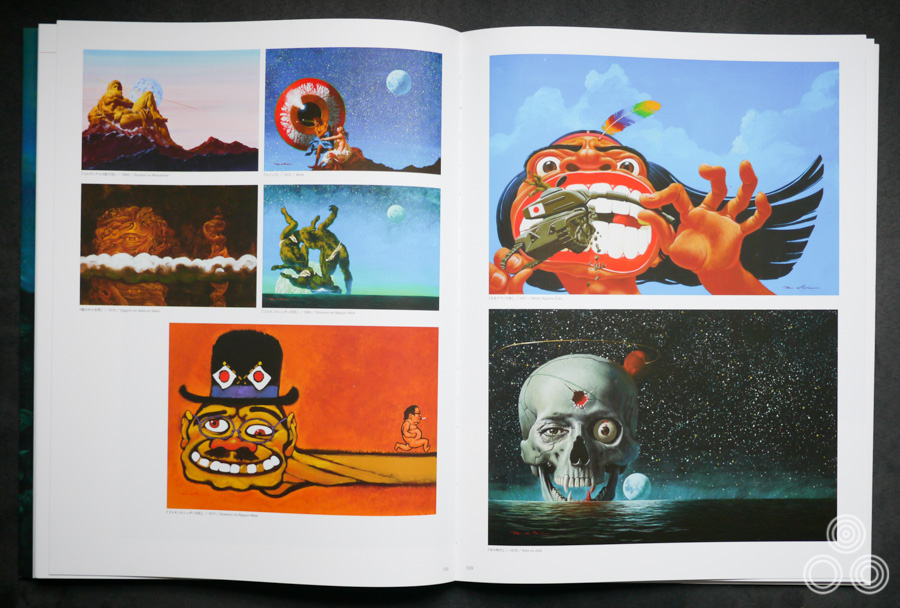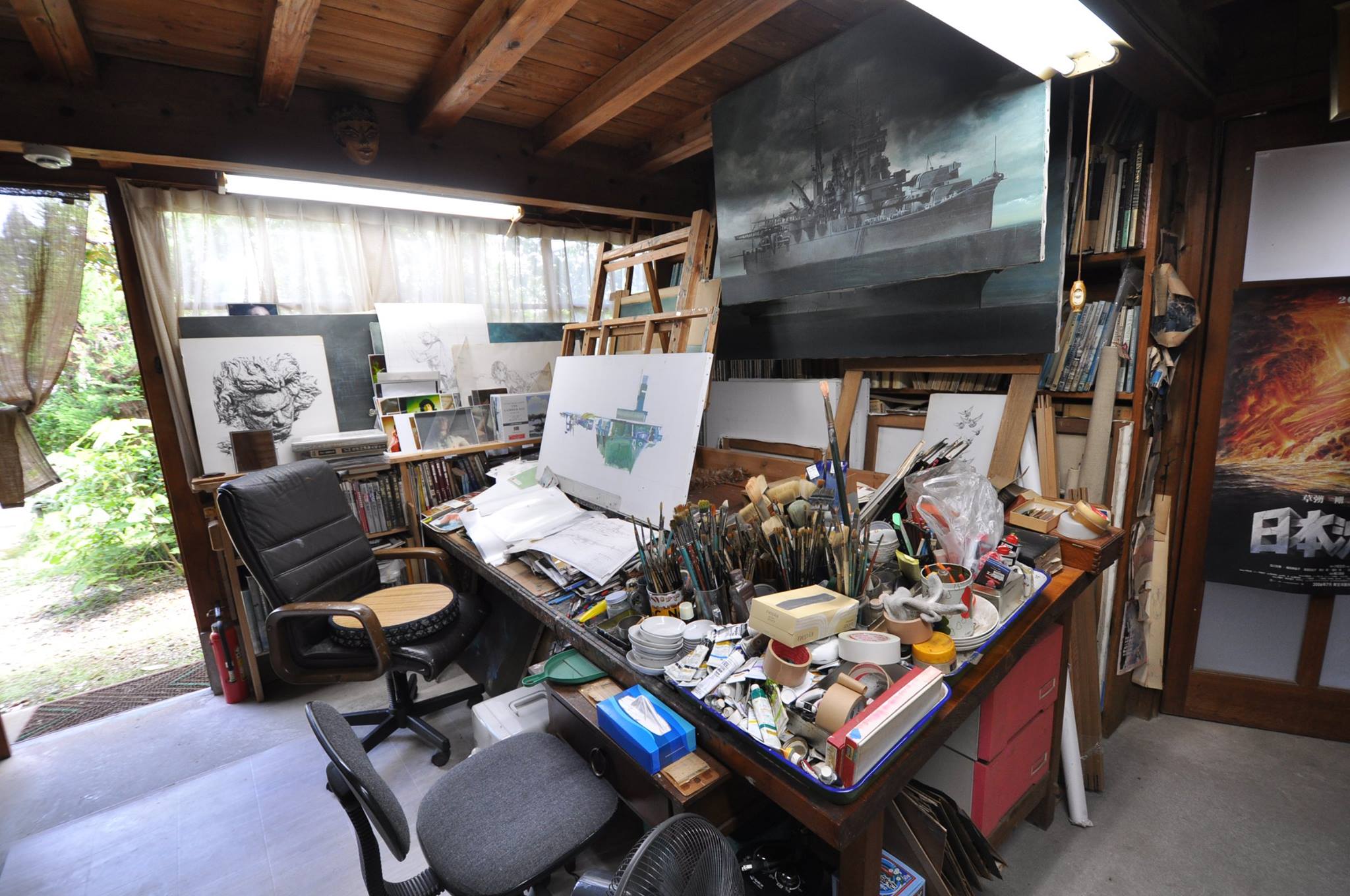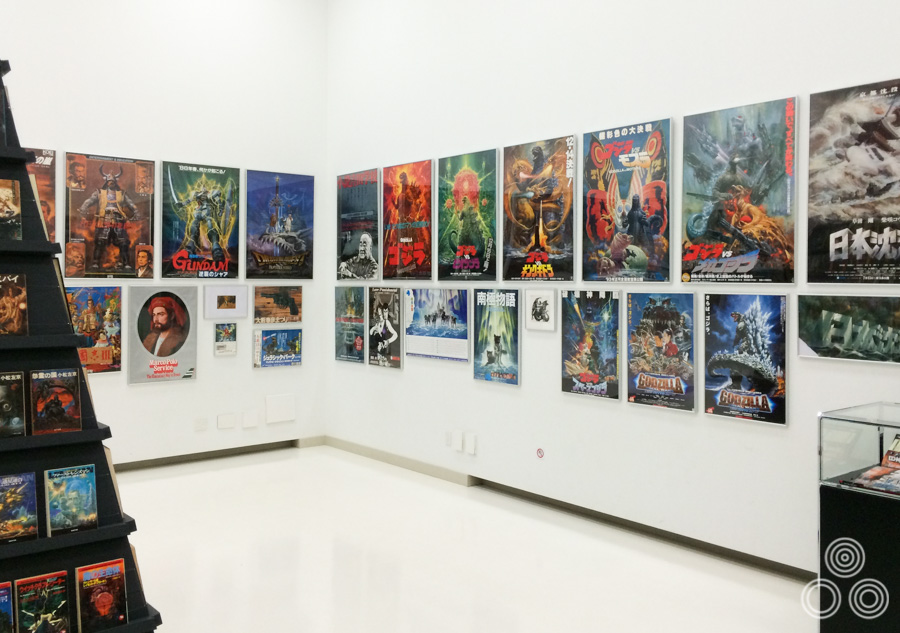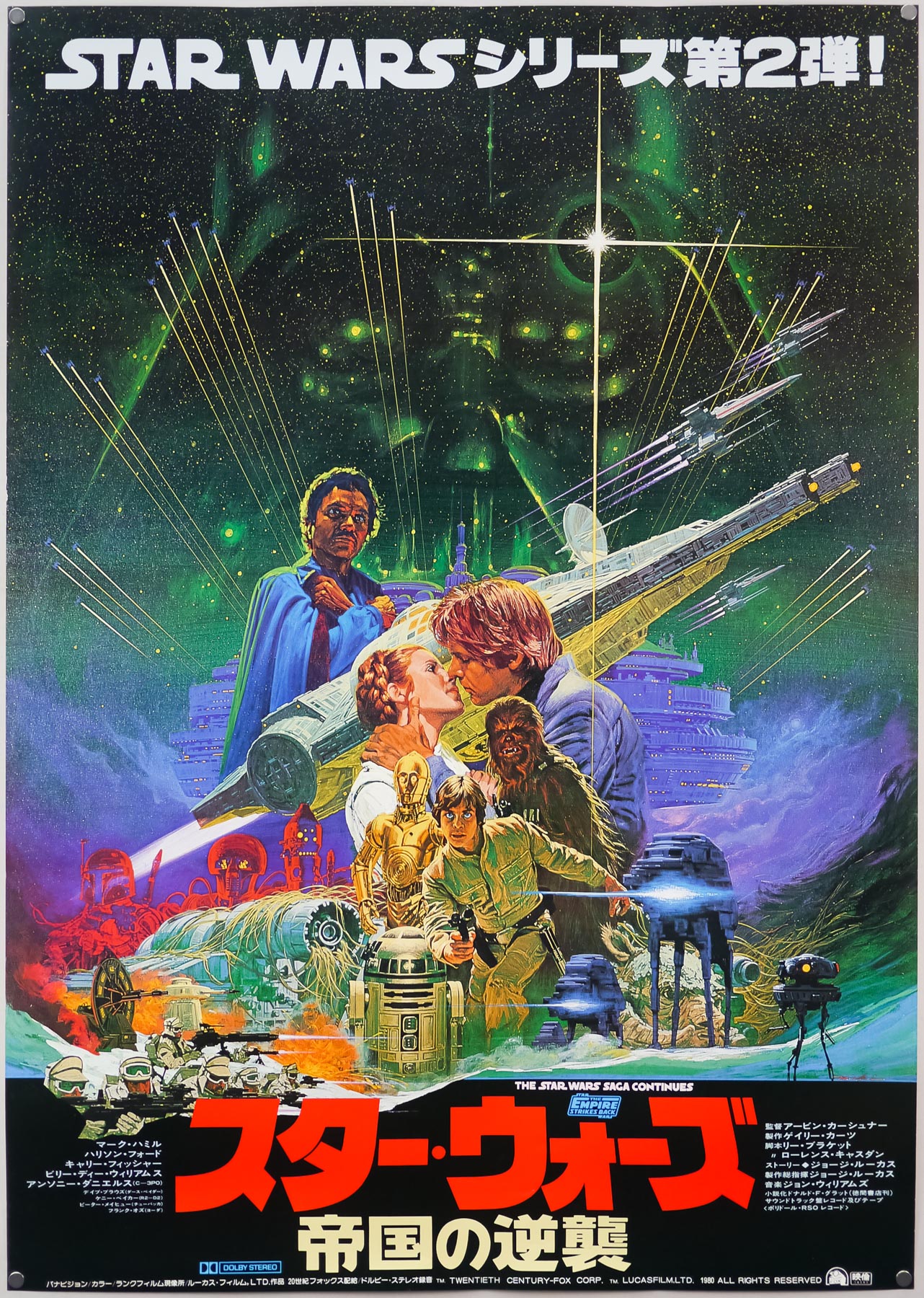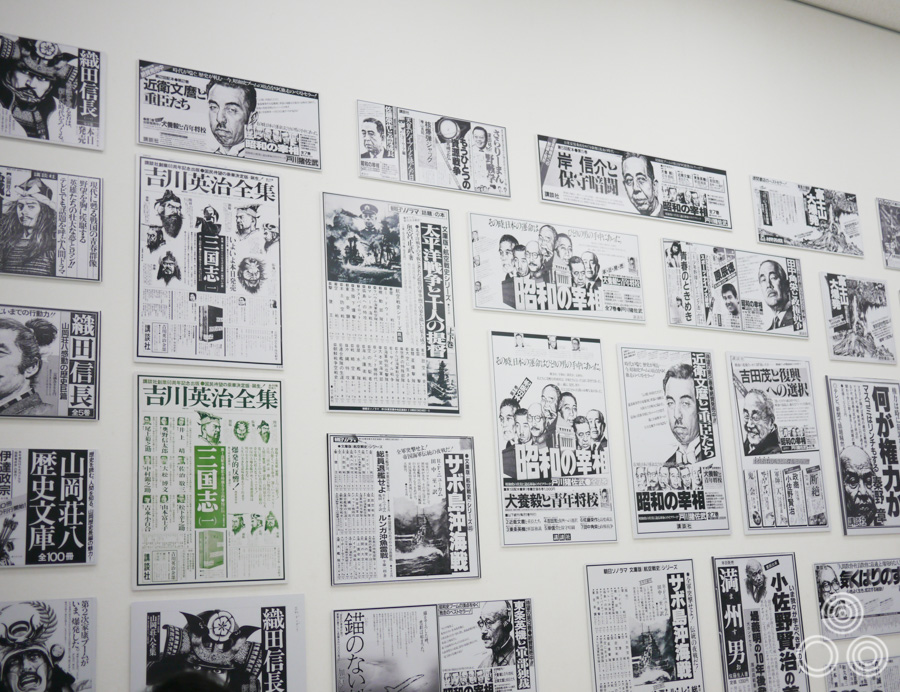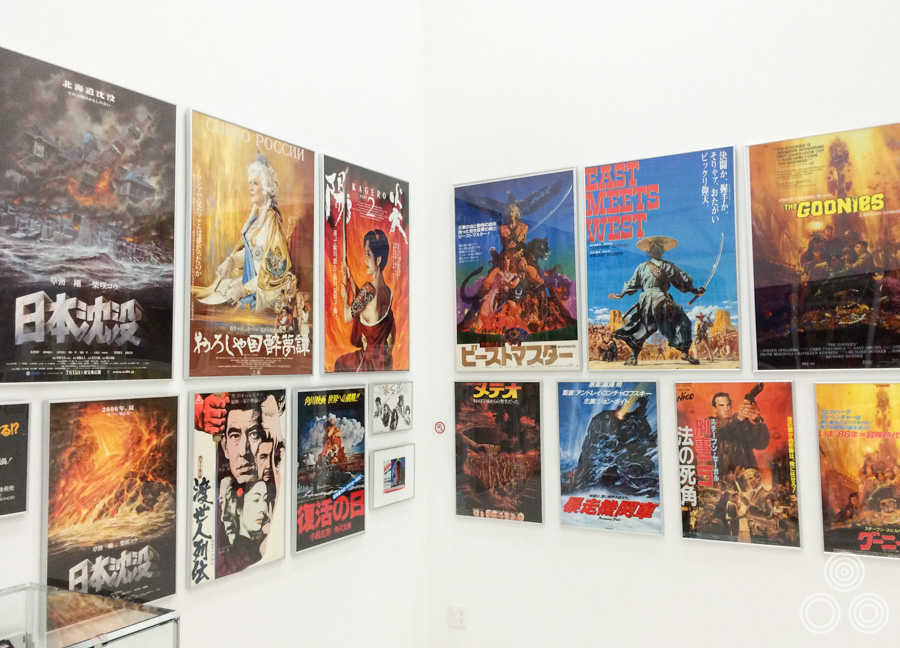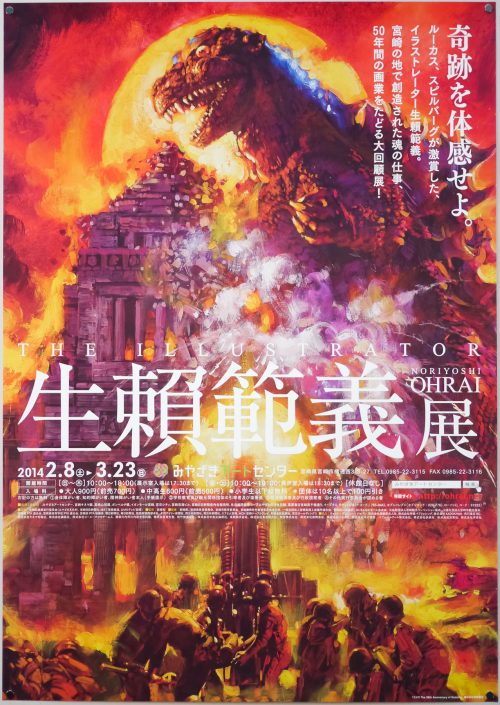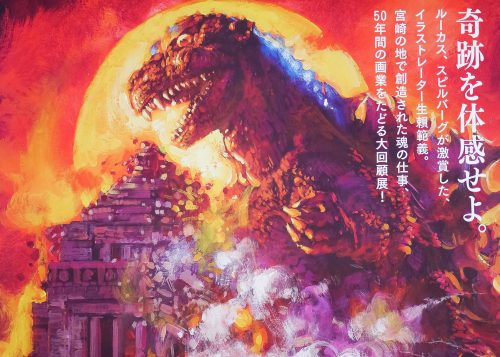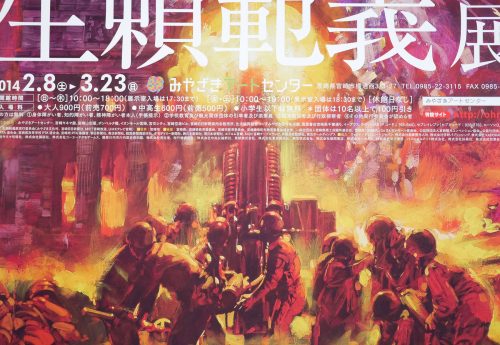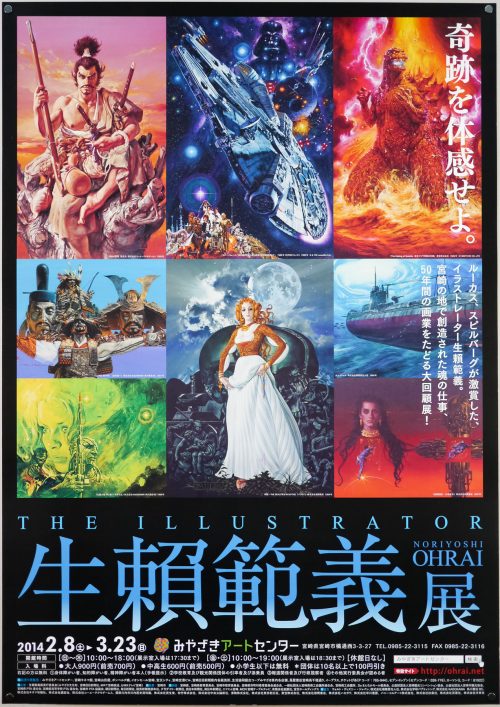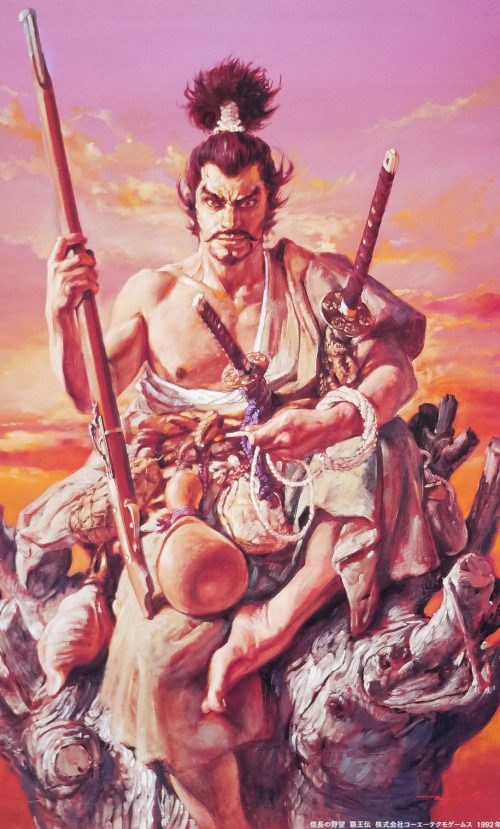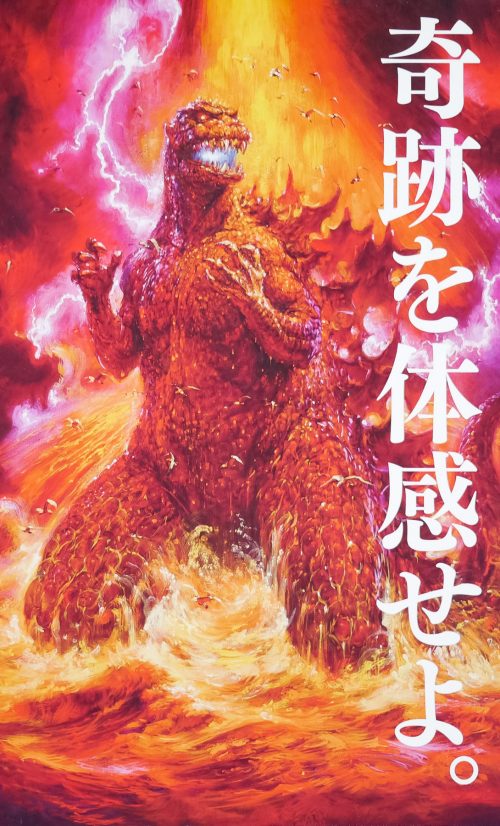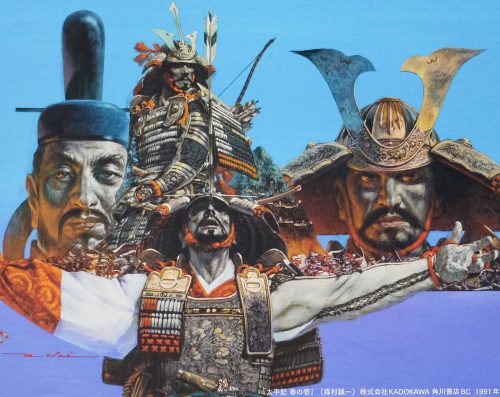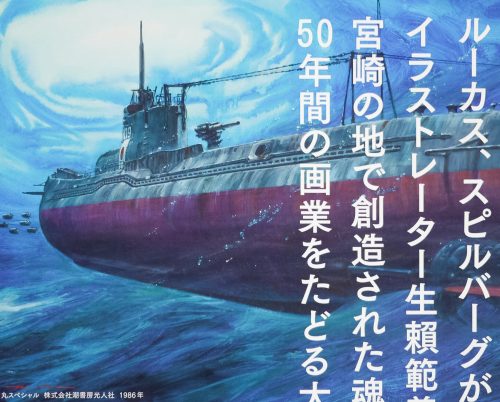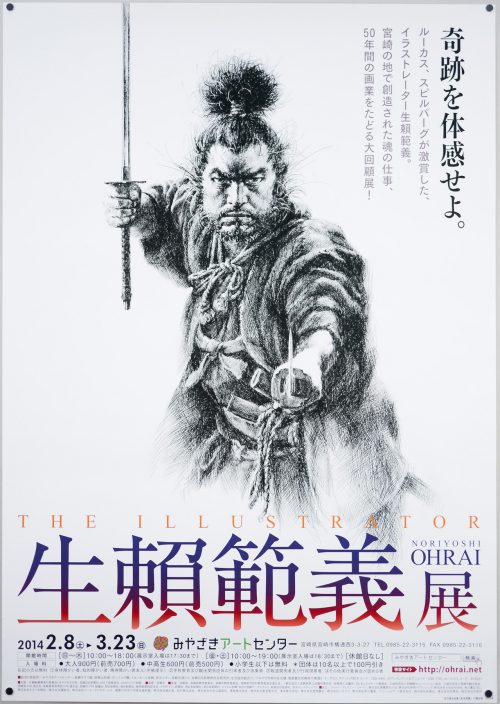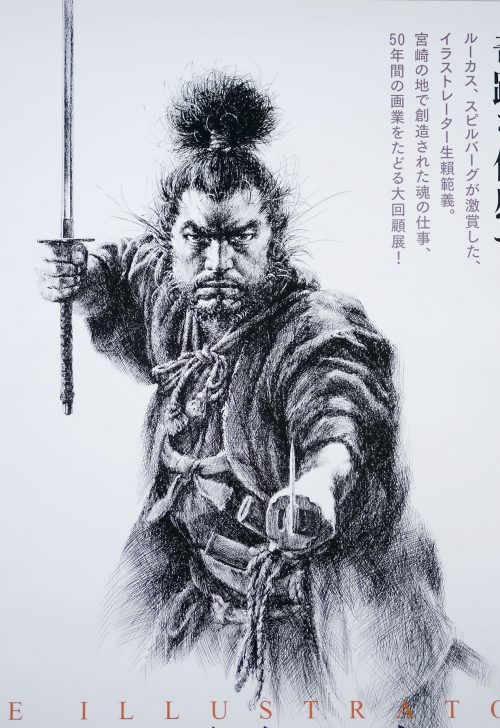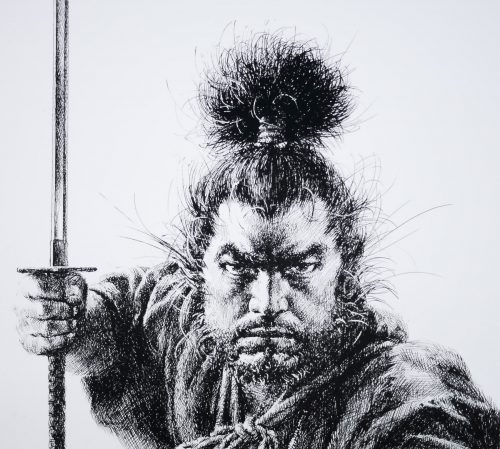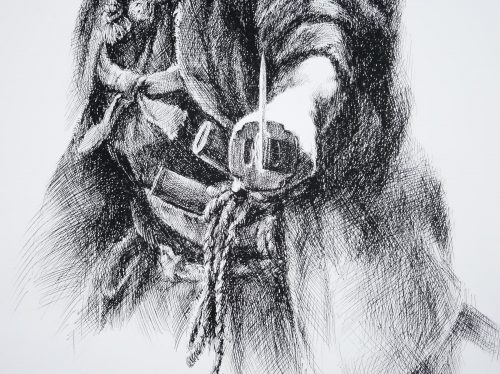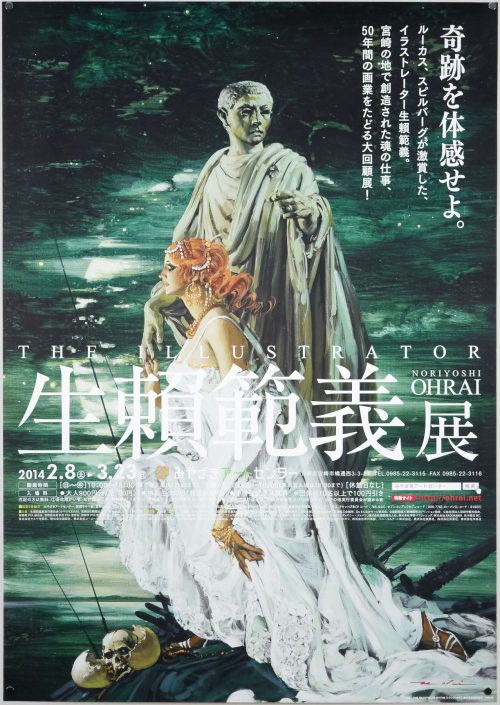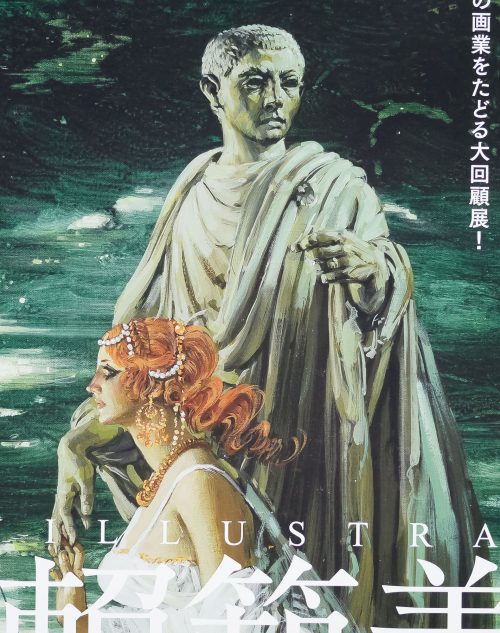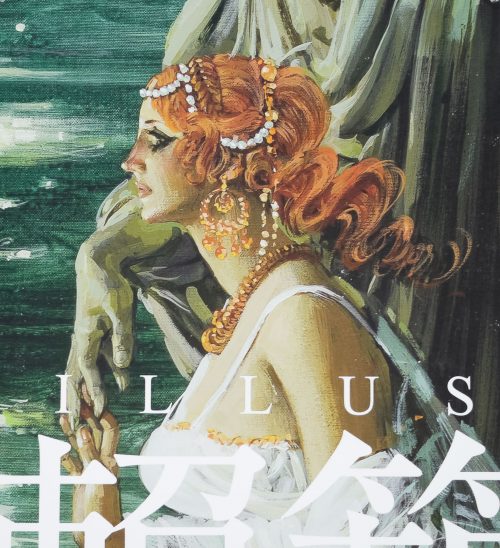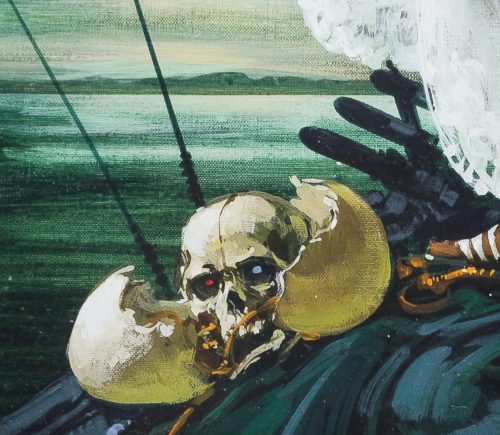- Title
- The Spy Who Loved Me
- AKA
- --
- Year of Film
- 1977
- Director
- Lewis Gilbert
- Starring
- Roger Moore, Barbara Bach, Curt Jürgens, Richard Kiel, Caroline Munro, Walter Gotell, Bernard Lee, Desmond Llewelyn, Lois Maxwell, Geoffrey Keen, George Baker, Edward de Souza
- Origin of Film
- UK
- Genre(s) of Film
- Action | Thriller | James Bond
- Type of Poster
- Quad
- Style of Poster
- Re-release
- Origin of Poster
- UK
- Year of Poster
- 2008
- Designer
- Unknown
- Artist
- Bob Peak
- Size (inches)
- 30" x 39 14/16"
- SS or DS
- DS
- Tagline
- Digitally restored and remastered. It's Bond. And Beyond.
This is the UK quad for a 2008 digital re-release of The Spy Who Loved Me, which was the tenth James Bond adventure and the third to star Sir Roger Moore as the legendary spy. Felt by many to be the best Moore era film, it shares only the title with Ian Fleming’s original novel (at the author’s request) and the screenplay was written by Christopher Wood and Bond regular Richard Maibaum. When Russian and British submarines mysteriously disappear whilst on patrol, each country sends their top spies to discover who is responsible. The trail leads Bond to Egypt where he discovers that the plans for a submarine tracking device are on sale to the highest bidder.
Whilst in Egypt, Bond encounters his Russian rival, the KGB Agent Triple X (!) Major Anya Amasova (played by the beautiful Barbara Bach) and after a few initial hostile encounters the pair agree to team up to track down the plans and deal with the mute but deadly assassin Jaws (the late Richard Kiel‘s first appearance as the fan-favourite baddy). The pair identify shipping tycoon and scientist Karl Stromberg (Curd Jürgens) as the man behind the device and travel to Sardinia on his trail. There they visit Stromberg’s underwater base, Atlantis, posing as husband and wife scientists but their cover is soon blown and Bond’s infamous Lotus Esprit-cum-submarine makes an appearance. Eventually Bond and Anya are onboard a submarine captured by Stromberg’s submarine-swallowing supertanker and a final showdown takes place.
The Spy Who Loved Me opens with arguably the best pre-credits sequence of any Bond film that apparently even had Prince Charles on his feet applauding at the Royal Premiere back in 1977. The locations, sets and special effects work (particularly the models) are all first rate and you really feel that the budget was well spent. The ridiculous camp humour of later Moore outings is thankfully restrained too. The film was very well received by both critics and audiences and raked in healthy worldwide box-office takings.
The UK distributor Park Circus was responsible for organising the digital re-release and this quad was printed in very limited numbers. It’s near enough identical to the original quad and features American artist Bob Peak‘s brilliant artwork that featured on posters around the world, including the US one sheet. The original quad was printed on paper with a silver metallic sheen and this quad is glossy and printed double-sided (see the last picture and note that the credits text is missing on the back).
Bob Peak was born in 1927 in Denver, Colorado and grew up in Wichita, Kansas before heading off to serve in the military during the Korean War. Upon his return Peak enrolled in the Los Angeles-based Art Center College of Design where he began to hone his craft as an artist, moving to New York after graduation where he began his career as a commercial illustrator, first working on a campaign for Old Hickory Whiskey. For the next few years the artist worked on a string of successful advertising campaigns, magazine editorials and more, but it was when United Artists hired Peak to work on their campaign for the release of West Side Story in 1961 that he began what would prove to be a fruitful and almost unrivalled career in film poster creation.
Peak’s immediately recognisable style was soon much in demand and his painting appeared on posters for films such as My Fair Lady (1964) and Camelot (1967), but it was his work in the area of sci-fi and fantasy for which Peak is perhaps best known, with the iconic design for the first Superman film (1978), the classic image he created for Rollerball (1975) and the colourful poster for Star Trek: The Motion Picture (1979), amongst several classics of the genre he was responsible for. His paintings for Apocalypse Now, however, arguably saw the artist working at the top of his game and in the recently published must-own bookThe Art of Bob Peak (put together by one of his sons), he is quoted as saying, “Of all my movie work, it is my work on Apocalypse Now that I am most proud of.”
To see the other posters in the Film on Paper collection that were painted by Bob Peak click here.
